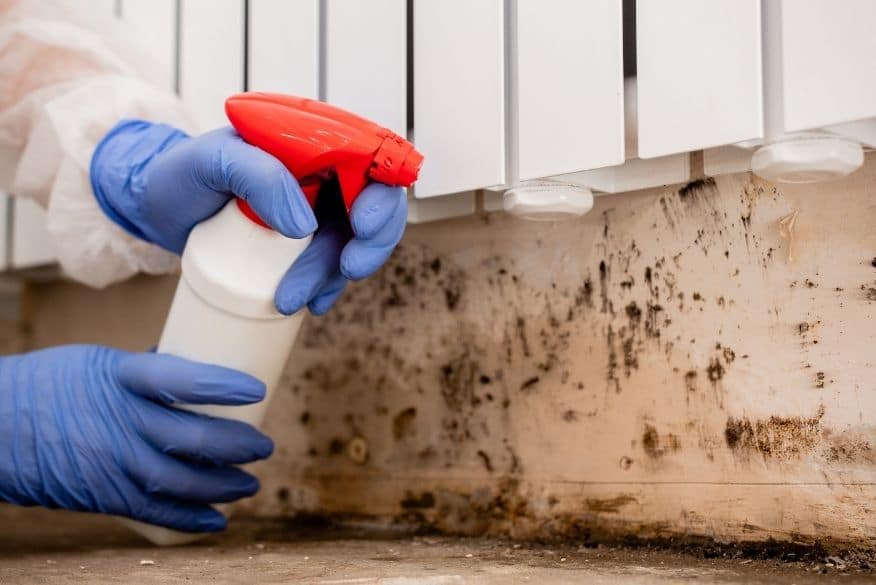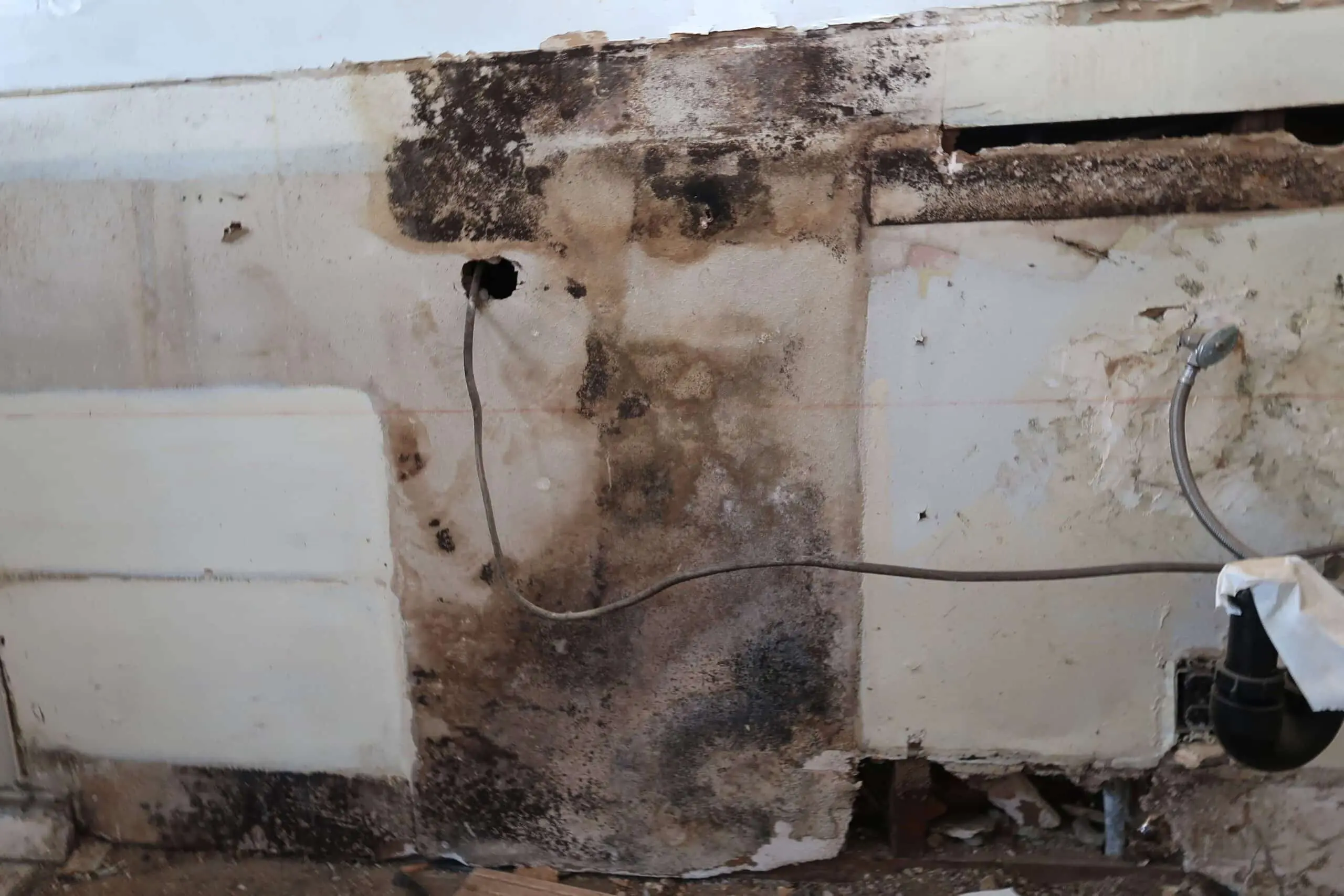Thorough Mold Removal Solutions for Total Indoor Air Quality Reconstruction
Mold infestations in indoor areas can pose significant dangers to both building and human health. By exploring in-depth mold removal solutions that include complete analysis, critical elimination methods, and aggressive avoidance procedures, one can truly bring back indoor air high quality to its optimum state.
Recognizing Mold and Its Threats
Mold and mildew, a type of fungi that thrives in damp settings, postures significant health and wellness threats to individuals subjected to it. Mold and mildew spores can quickly become air-borne and be inhaled, resulting in a range of wellness issues. Typical signs and symptoms of mold direct exposure consist of respiratory issues, allergies, skin inflammation, and even more serious responses in people with endangered immune systems. Prolonged exposure to mold and mildew can aggravate status quo such as bronchial asthma and allergic reactions, making it critical to deal with any kind of mold and mildew problems quickly.
Mold growth can deteriorate floorings, ceilings, and walls, compromising the honesty of the structure over time. Understanding the dangers associated with mold is necessary for applying efficient remediation approaches to make sure the health and wellness and security of owners and the longevity of the building.
Correct Assessment and Examination Techniques
Efficient analysis and inspection techniques are crucial in precisely recognizing and reviewing the degree of mold and mildew infestations within a framework. Mold assessment commonly begins with an extensive visual evaluation carried out by experienced professionals - mold remediation philadelphia. This visual examination aims to recognize locations of mold and mildew development, water damages, and wetness breach that may be contributing to the mold issue. Along with visual assessments, various tools such as moisture meters, thermal imaging video cameras, and air sampling devices may be utilized to evaluate the extent of mold contamination and to identify covert mold and mildew sources within floors, ceilings, or wall surfaces.
Additionally, correct analysis methods include identifying the type of mold existing, as various mold and mildew varieties might require particular remediation methods. Experiencing strategies, including air sampling and surface tasting, can assist in determining the kinds and concentration levels of mold and mildew spores existing in the indoor environment. By employing comprehensive analysis and examination techniques, remediation experts can establish targeted and effective strategies to eliminate mold and mildew infestations and restore interior air quality to secure degrees.
Efficient Mold Removal Approaches
Carrying out proven removal methods is critical for successful eradication of mold and mildew from indoor environments. When dealing with mold and mildew removal, it is vital to begin by resolving the source of wetness to prevent future development. Containment of the affected location mold remediation philadelphia pa is key to stop the spread of mold spores to unpolluted locations. This can be attained via using physical barriers like plastic bed linen and adverse atmospheric pressure systems.

It is crucial to resolve any type of underlying concerns triggering moisture build-up to stop future mold and mildew problems. By adhering to these techniques faithfully, complete mold obliteration can be attained, bring back interior air top quality effectively.
Stopping Future Mold And Mildew Development
Dealing with the origin causes of dampness build-up is paramount in stopping future mold growth within interior atmospheres. To properly stop mold from returning, it is vital to control moisture levels listed below 60%, as mold grows in damp problems. By addressing these aspects and implementing positive actions, individuals can efficiently reduce the threat of future mold development and preserve a healthy and balanced indoor atmosphere.
Making Certain Long-Term Indoor Air Quality
Preserving optimum indoor air high quality over the long-term needs a thorough technique that incorporates regular tracking and positive actions. Consistent air quality evaluations via specialist screening can help identify any type of arising concerns without delay. Implementing a robust ventilation system that makes sure correct air movement and adequate filtration is vital for maintaining tidy interior air. Routine HVAC maintenance, consisting of filter substitutes and air duct cleansing, is vital in stopping the accumulation of pollutants that might compromise air high quality.
Along with monitoring and maintenance, advertising good indoor air high quality methods among passengers is important for long-term official source efficiency. Encouraging behaviors such as appropriate ventilation, reducing sources of indoor pollution, and lowering dampness degrees can substantially contribute to a much healthier indoor setting. Education and learning and understanding campaigns concerning the importance of indoor air quality can aid promote a society of responsibility and mindfulness amongst employees or residents.
Conclusion
To conclude, detailed mold and mildew removal services are vital for full interior air high quality reconstruction. Recognizing the risks of mold and mildew, conducting correct analysis and inspection techniques, carrying out effective removal approaches, stopping future mold and mildew growth, and making certain lasting interior air quality are all critical action in maintaining a healthy and balanced interior environment. By following these steps carefully, people can create a risk-free and tidy space cost-free from the unsafe results of mold contamination.

Additionally, correct assessment methods entail identifying the kind of mold and mildew present, as various mold and mildew species might need details remediation techniques.The following action in effective mold elimination is the physical elimination of mold colonies. To successfully protect against mold from returning, it is important to regulate moisture levels below 60%, as mold prospers in wet problems. Understanding the risks of mold, carrying out correct analysis and examination techniques, executing efficient elimination methods, protecting against future mold growth, and ensuring long-term indoor air high quality are all important actions in preserving a healthy and balanced interior atmosphere.